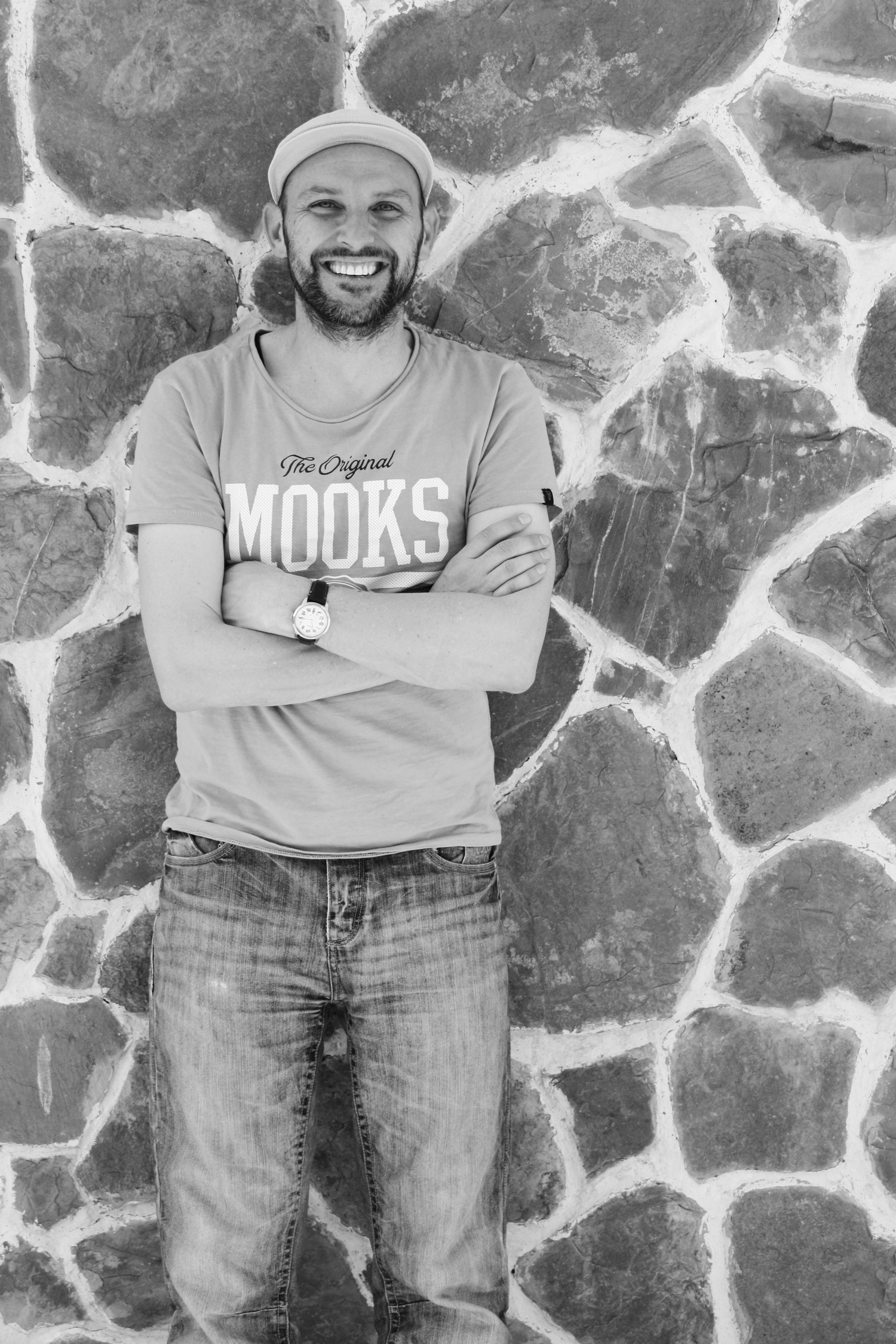 Ben Sanders is an Australian children’s book author and illustrator who has been creating picture books for over a decade. This Book Will Self Destruct is Ben’s first graphic novel, and from what we can glean, he relished every role he played in making it.
Ben Sanders is an Australian children’s book author and illustrator who has been creating picture books for over a decade. This Book Will Self Destruct is Ben’s first graphic novel, and from what we can glean, he relished every role he played in making it.
Q. How did This Book Will Self Destruct come about?
A. Initially, I wanted to write a detective story for kids, with a bumbling police dog who struggles with the basics of sniffing out a crime. The crimes would be very mild, even mundane, but extremely important to our hero, and despite all the evidence he would always accuse the cat. He always suspects the cat, because he’s a dog. So, the stakes were low, but the hilarity would be high.
But I suspected that readers would enjoy the urgency of getting to the end of a book as quickly as possible, before it explodes. Over a few weeks the idea morphed from a mystery story to a spy plot. Instead of a bobby, a spy dog would be racing through the book, overcoming obstacles to get to the final few pages where he would have to solve a code and defuse the book. Phew! Disaster averted … at least until the next time someone picks up the book at story time and the book is set to self-destruct once more. The suspense suited the spy genre much more than a crime mystery. The structure of This Book Will Self Destruct was now in place, it just needed a publisher.
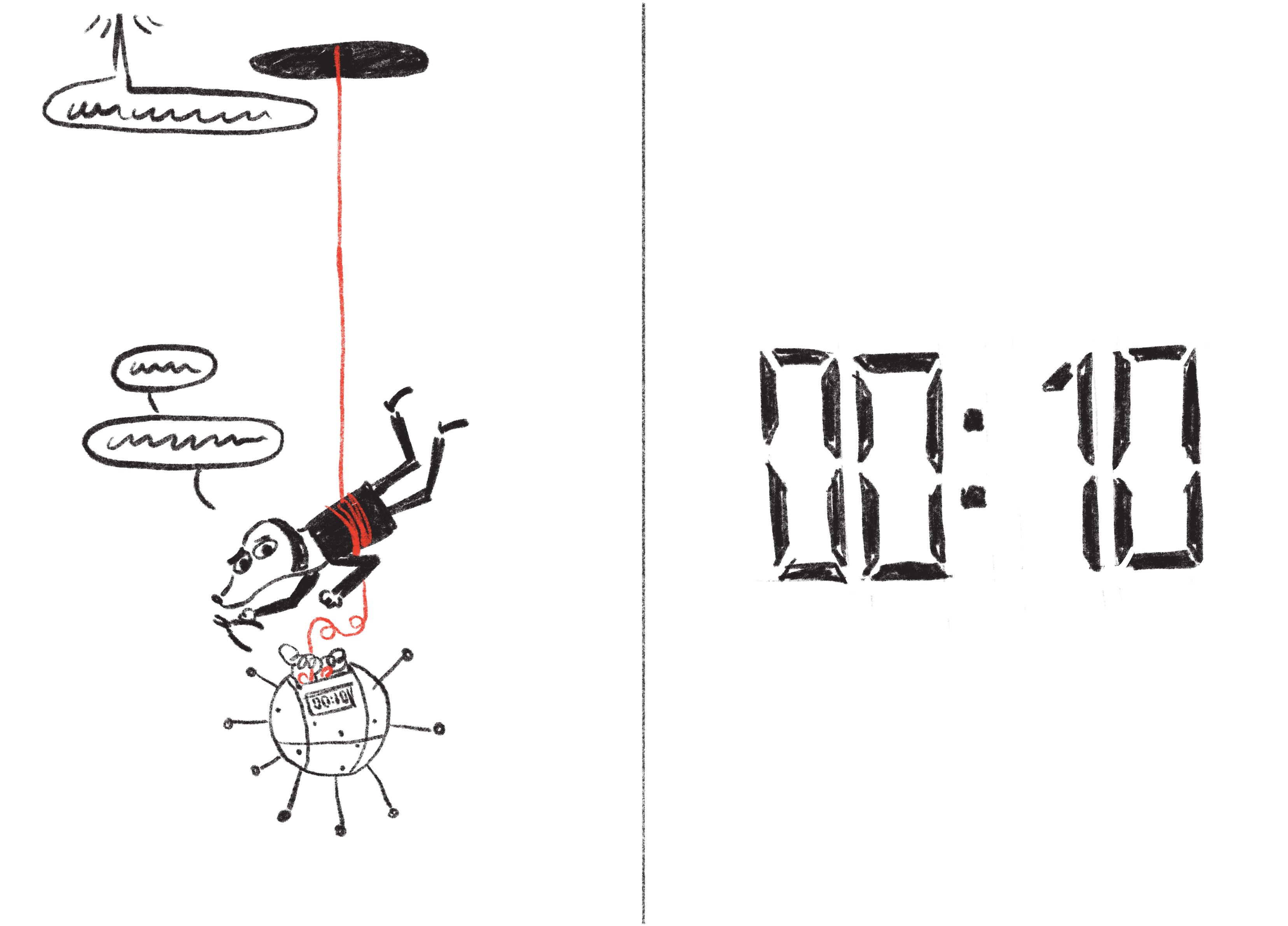
Sketch of a scene where Agent Harrier tries to defuse a bomb, with the timer ticking down to the final 10 seconds.
And maybe I’ll get to make a book series with the bumbling police dog, one day. We’ll see.
Q. This is your first Graphic Novel, but it was originally intended to be a Picture Book, is that right?
A. Firstly, I need to say that I’ve never intended to create a Graphic Novel, EVER! I pitched the story idea to my publisher as a Picture Book. The opening statement in the pitch was…
What if …
ALFRED HITCHCOCK
commissioned
SAUL BASS
to create a canine
JAMES BOND
for kids?
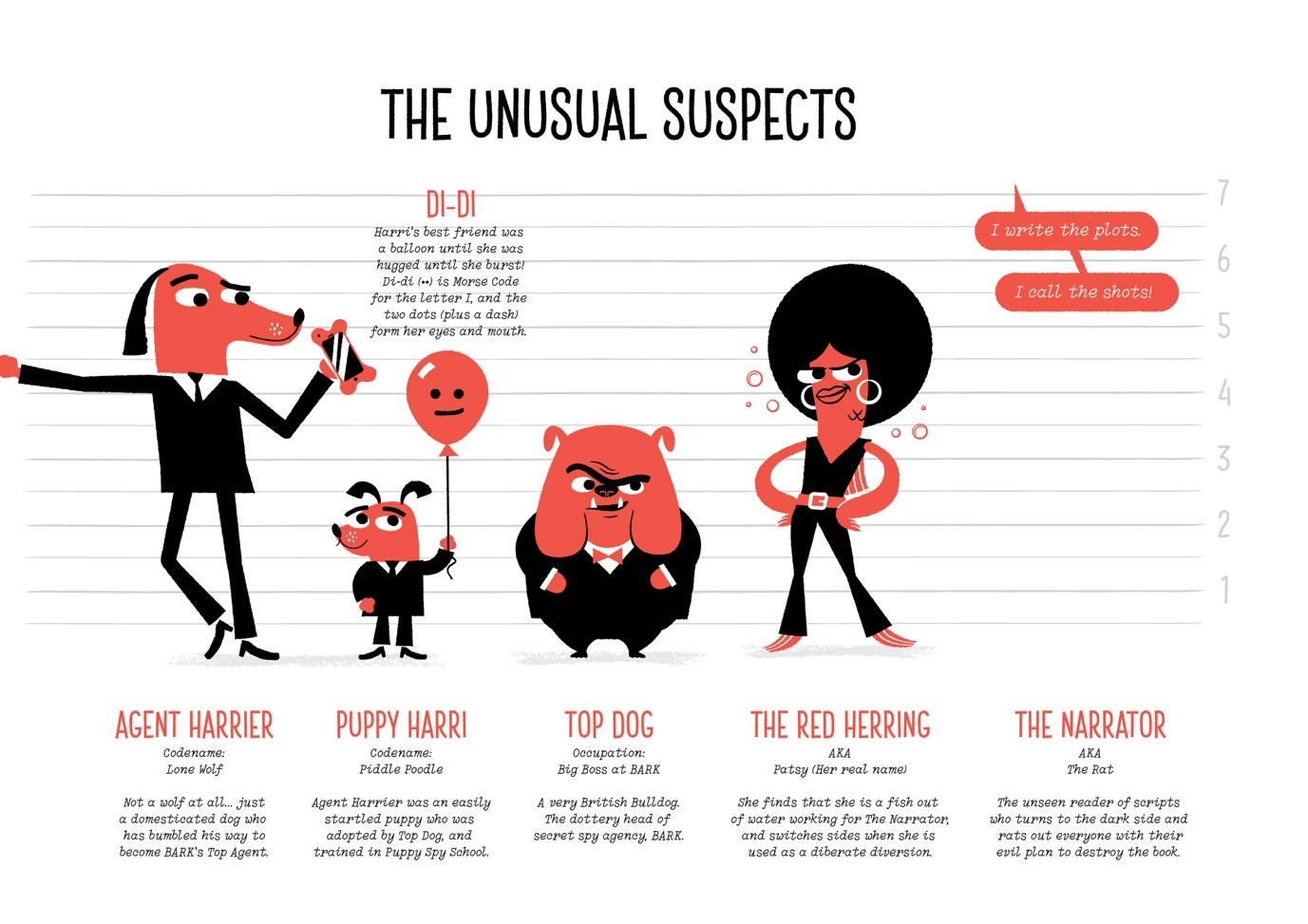
I wanted the entire book to be like the opening title sequence of a mid-century spy movie. This meant stripping the colour back to basic solid colours, to include silhouetted illustrations and incorporate stylish, original typography, with a mid-century feel.
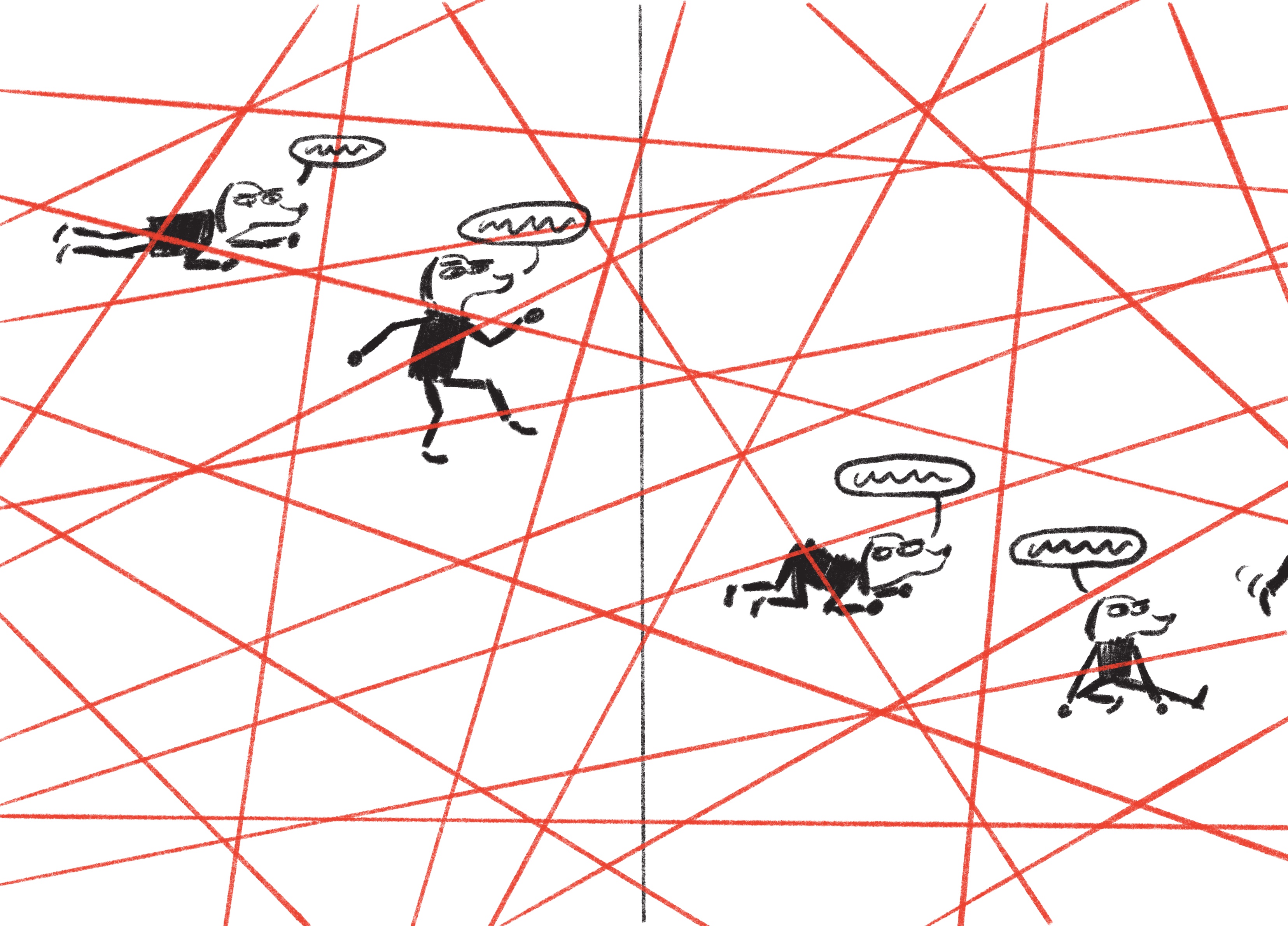
Rough sketch of Harrier trying to weave his way through one of many obstacles.
I was very fortunate to have an enthusiastic response from Little Tiger Group editor, Becky Davies. She was completely on board with the idea, the characters, and the red/black/white colour scheme, and suggested that this would work best as a Graphic Novel, mainly because the more sophisticated subject matter was better suited to an upper primary school audience. The only problem was that I’d never created a book in this format before, and I’d need to design some sample pages to see if it worked. I felt the need to research the panel-by-panel Comic Book form of storytelling. Becky suggested that we DON’T research, but instead, “Do it our own way”. What a refreshing thing to hear from an editor!
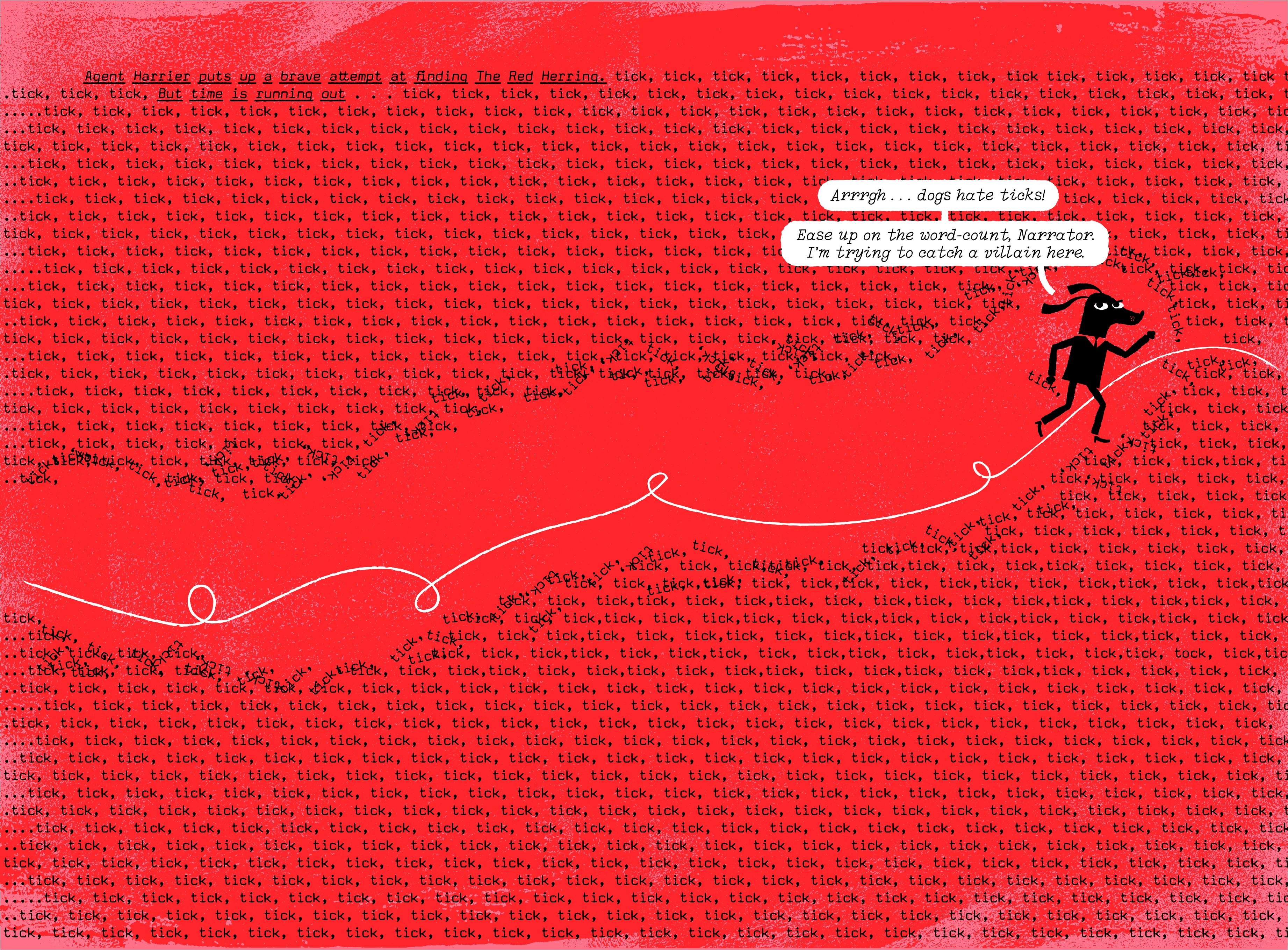
One of the many meta moments in the book.
Q. How did you approach creating a story in this medium?
A. First, I had to write a story that would hold a reader’s interest a lot longer than a Picture Book needs to. I needed to write a proper story arc, a character arc, and all the other stuff that makes up a good story. I approached it the same way as I would storyboard for a film. I treated it more like cinema. Tight shots for expression. Wide shots for context. I used to create ads for television, so it was more natural to approach it that way. I wrote loads of dialogue, only to find that once I illustrated the scenes, much of the dialogue was unnecessary. As I was sketching, I’d edit the words, and as I was writing I’d edit the pictures. And then Becky would strip it back even more.
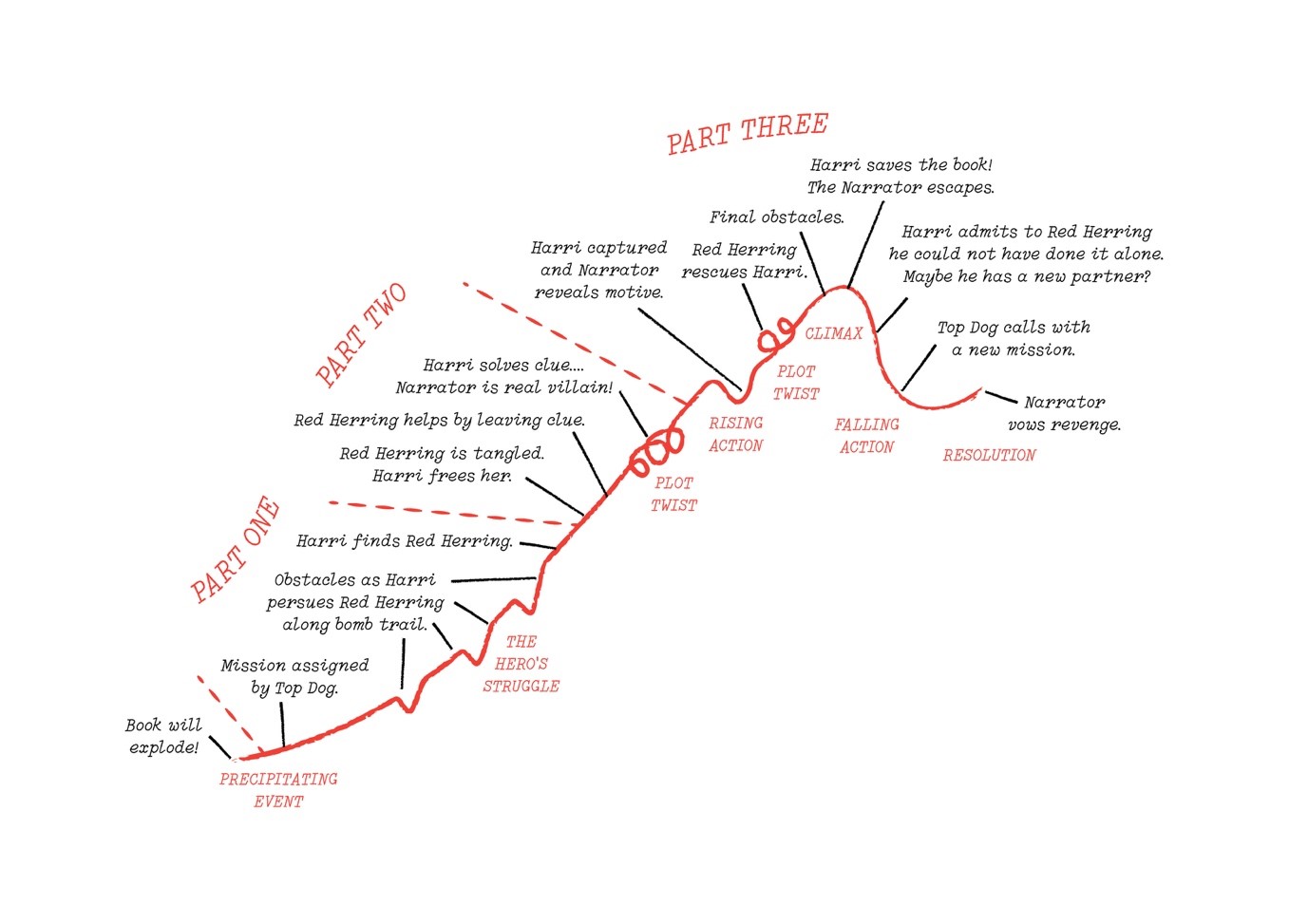
A plan for the story structure of This Book Will Self Destruct.
The typography was crucial too, as one of the main characters is the Narrator. We never see them, we only read their words, and on some pages the words take over the entire scene. It was strange to have an invisible character in a story like this. I ended up creating original fonts specifically for the series. So, I was swapping my hats constantly between typographer, designer, writer and illustrator. All four roles were so tightly bound. Fortunately, I had an editor who kept it all in check and contributed creatively throughout. It also helps to have a great Art Director who you’re 100% in sync with. Thank you, Becky and Tom and the design team at Little Tiger.
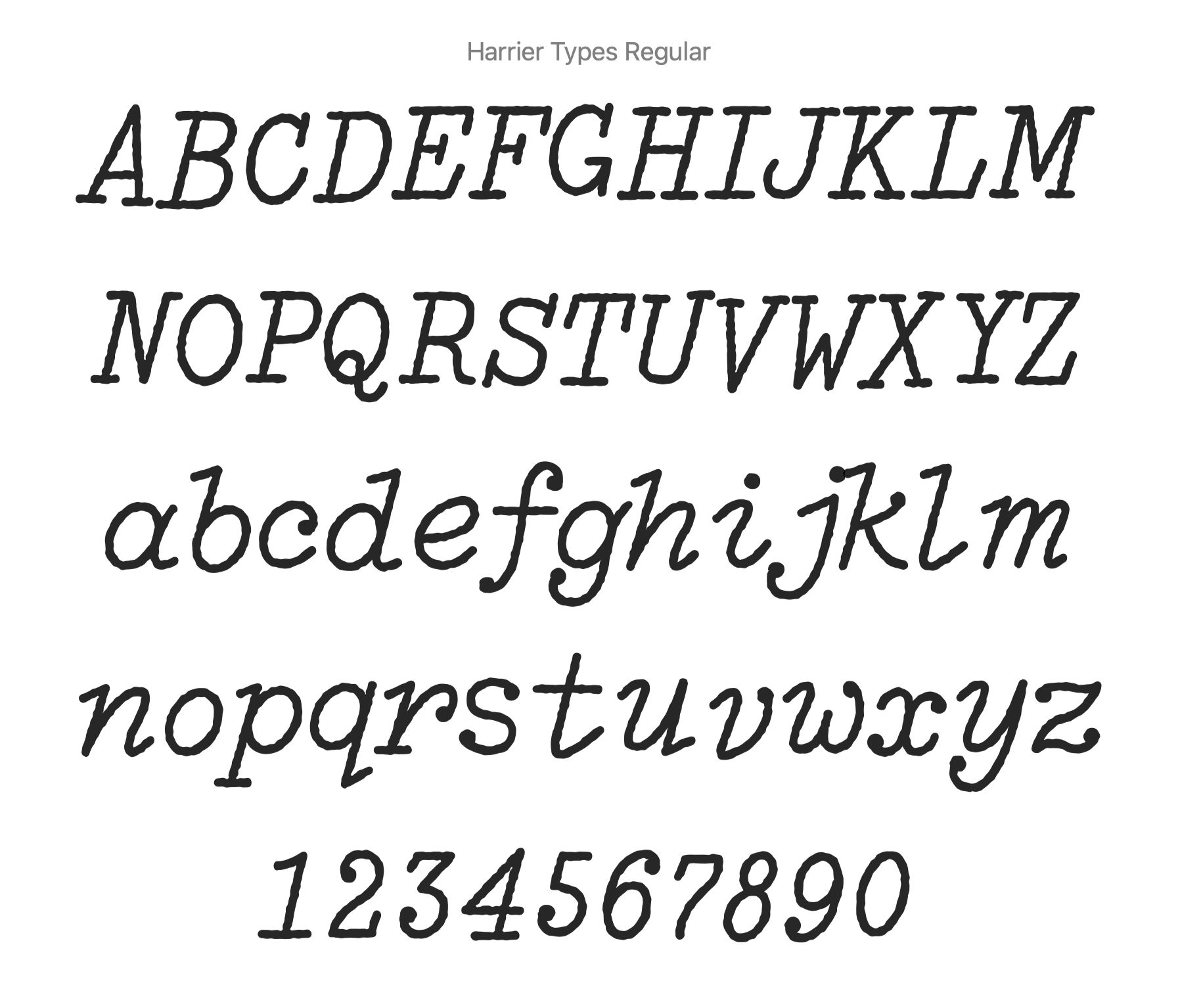
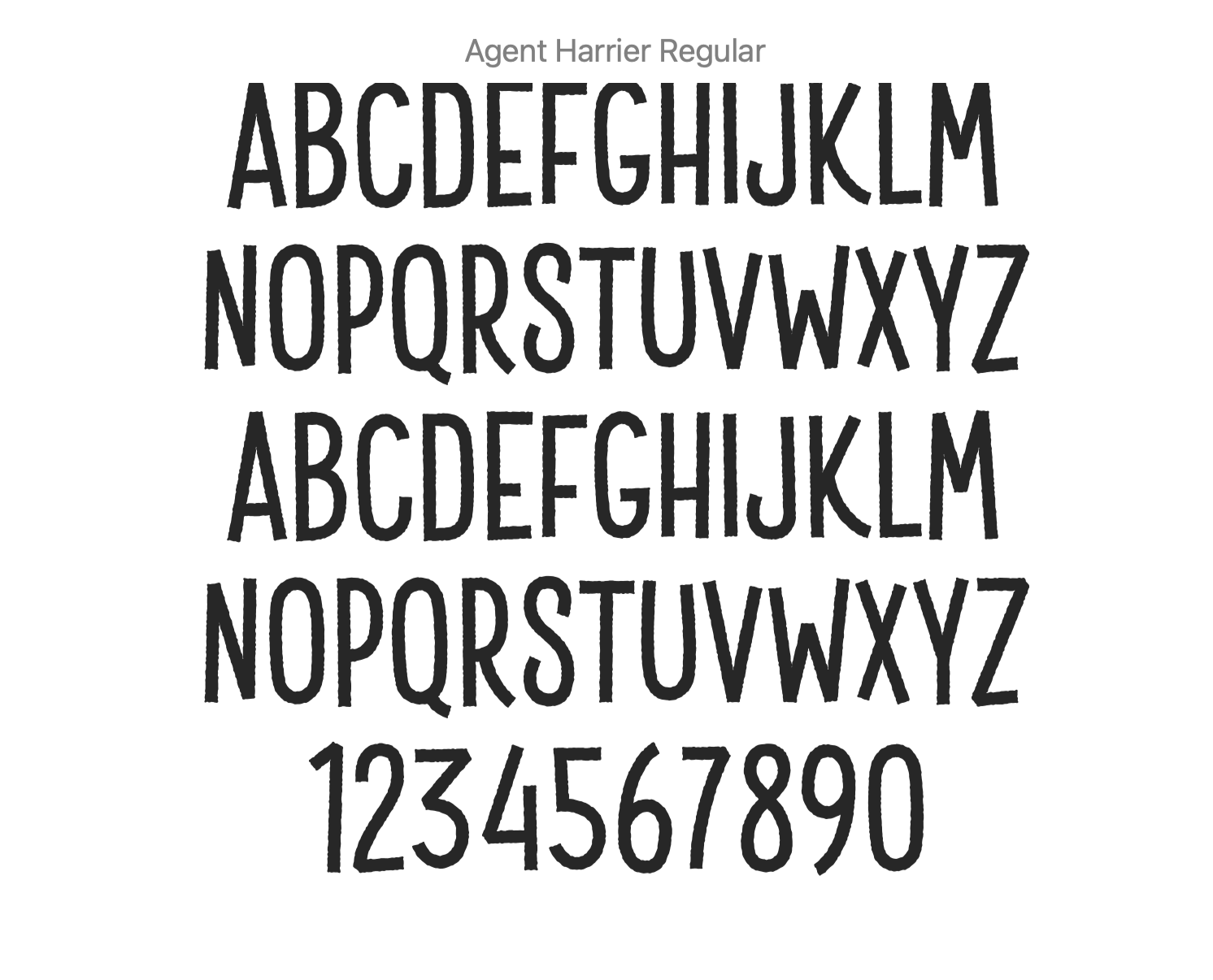
Two of the fonts created specifically for this series.
I also realised that moving to a Graphic Novel format gave many more opportunities to inject humour. I found I had ample time to set up a joke and have the punchline much later in the story. Quite a luxury! With 150-odd illustrations in each book, there are many ways to slip in visual gags into almost every page.
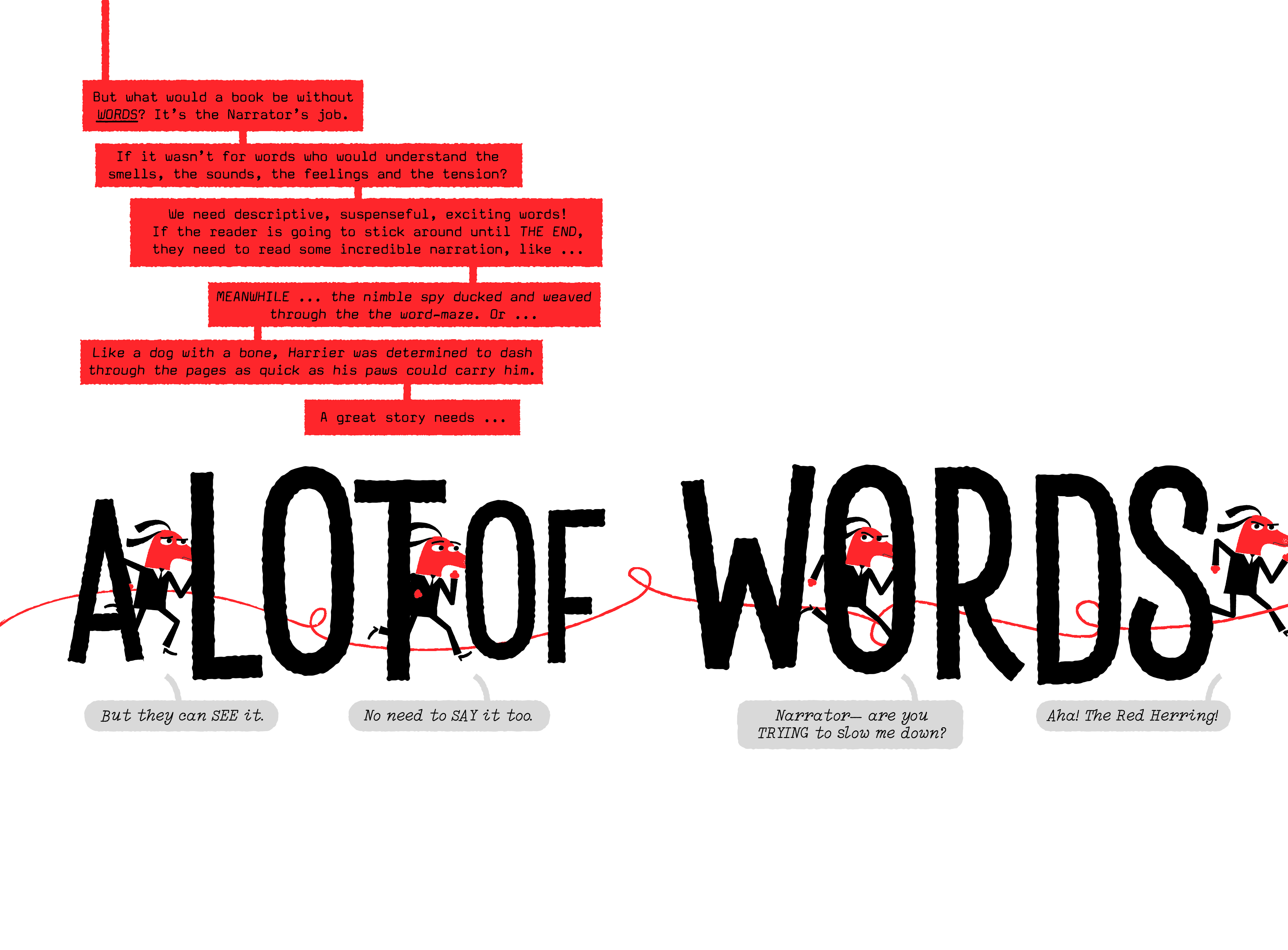
Q. What’s next for Agent Harrier?
A. Harrier is off on two more high-octane adventures, and possibly many more to come. There are so many creative story possibilities for spies, especially a secret agent dog, learning his craft on the job, and fumbling his way through each obstacle, vanquishing villains, cracking codes and ultimately completing the mission.
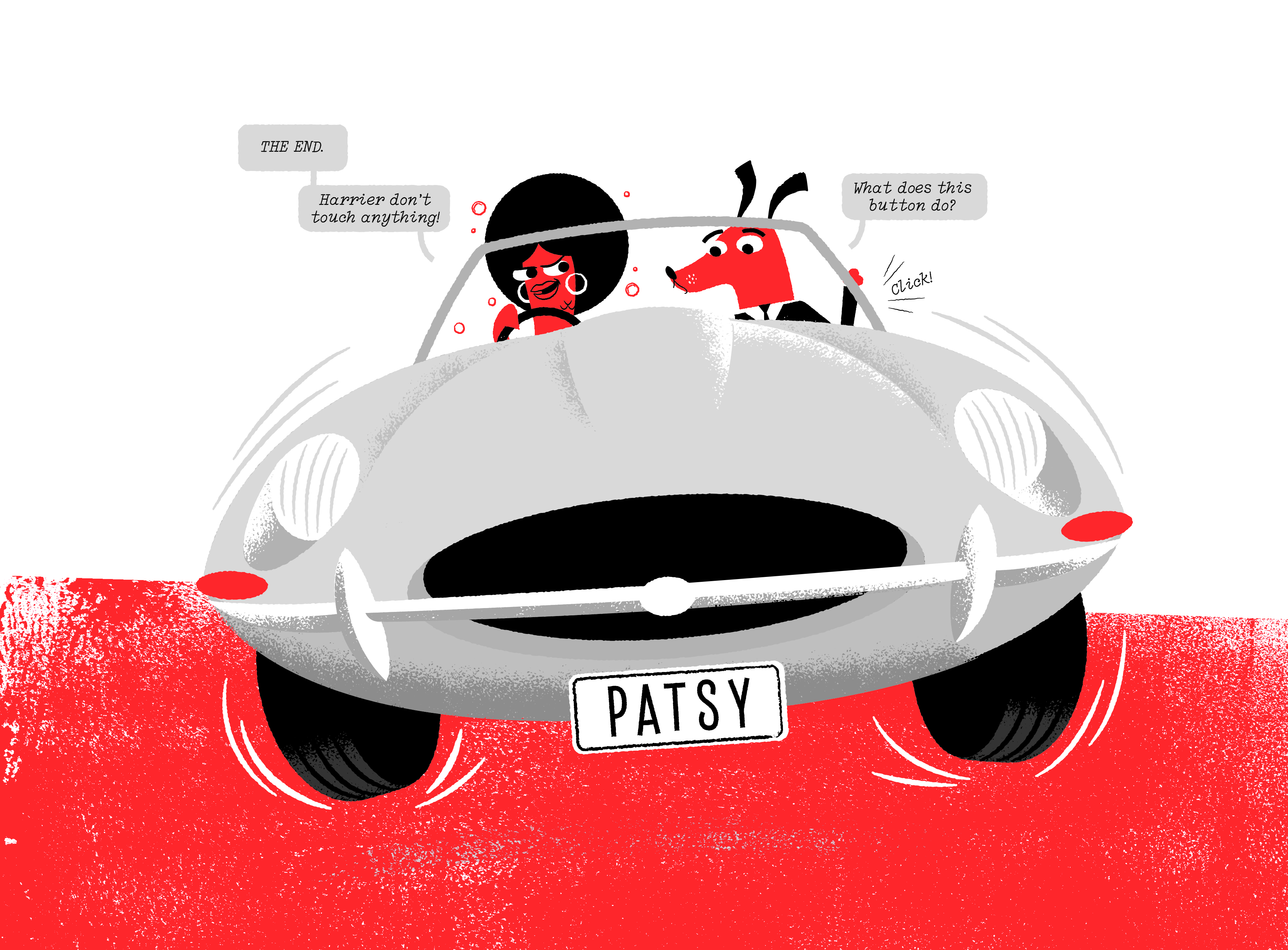
Illustration on one of the last few spreads of This Book Will Self Destruct.
Agent Harrier: This Book Will Self-Destruct is the first in a new series from award-winning illustrator Ben Sanders and is perfect for early readers transitioning from picture books.
You can find more books written and illustrated by Ben below, plus his picture book collaborations with Huw Lewis Jones including LR4K favourite Clive Penguin.
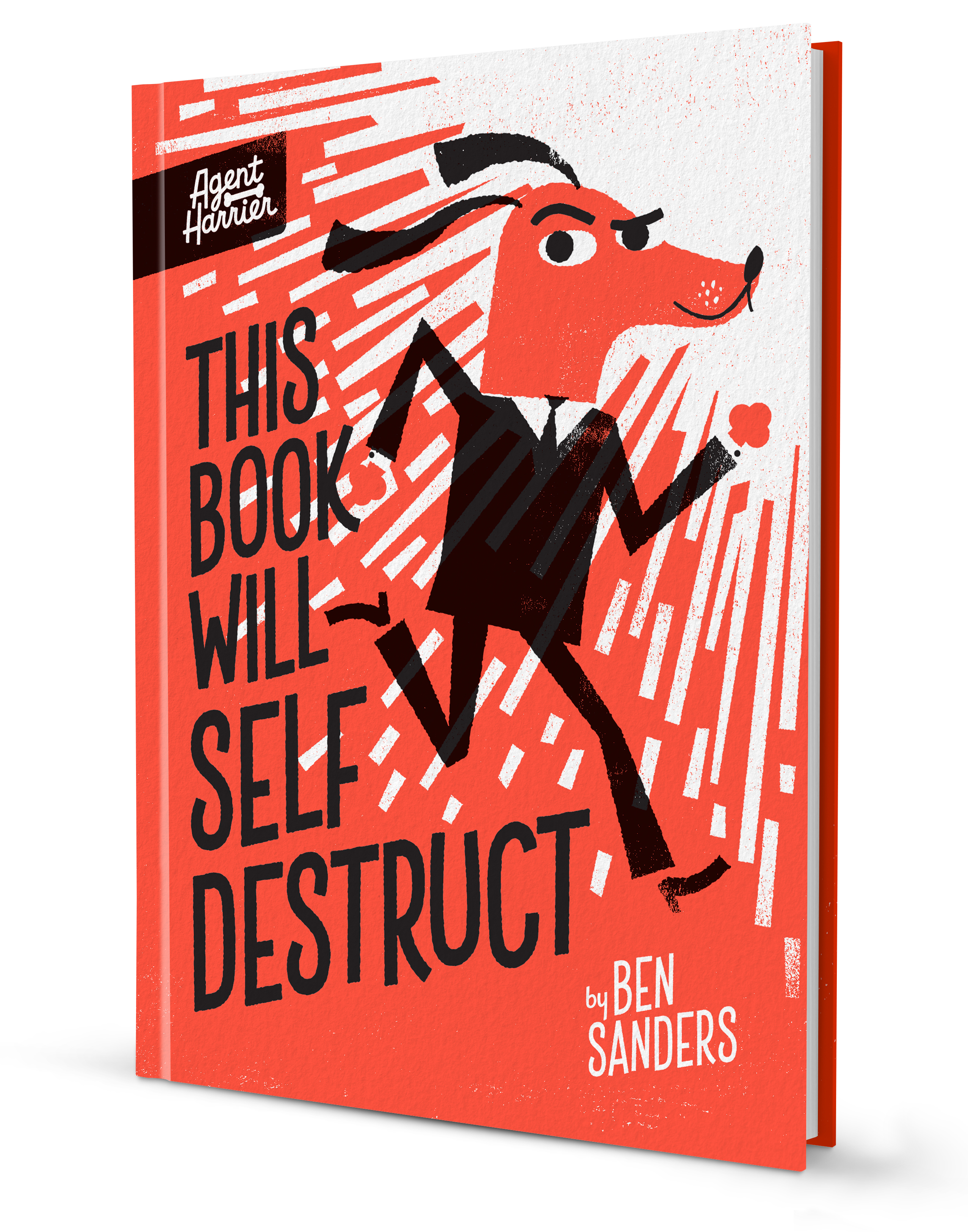


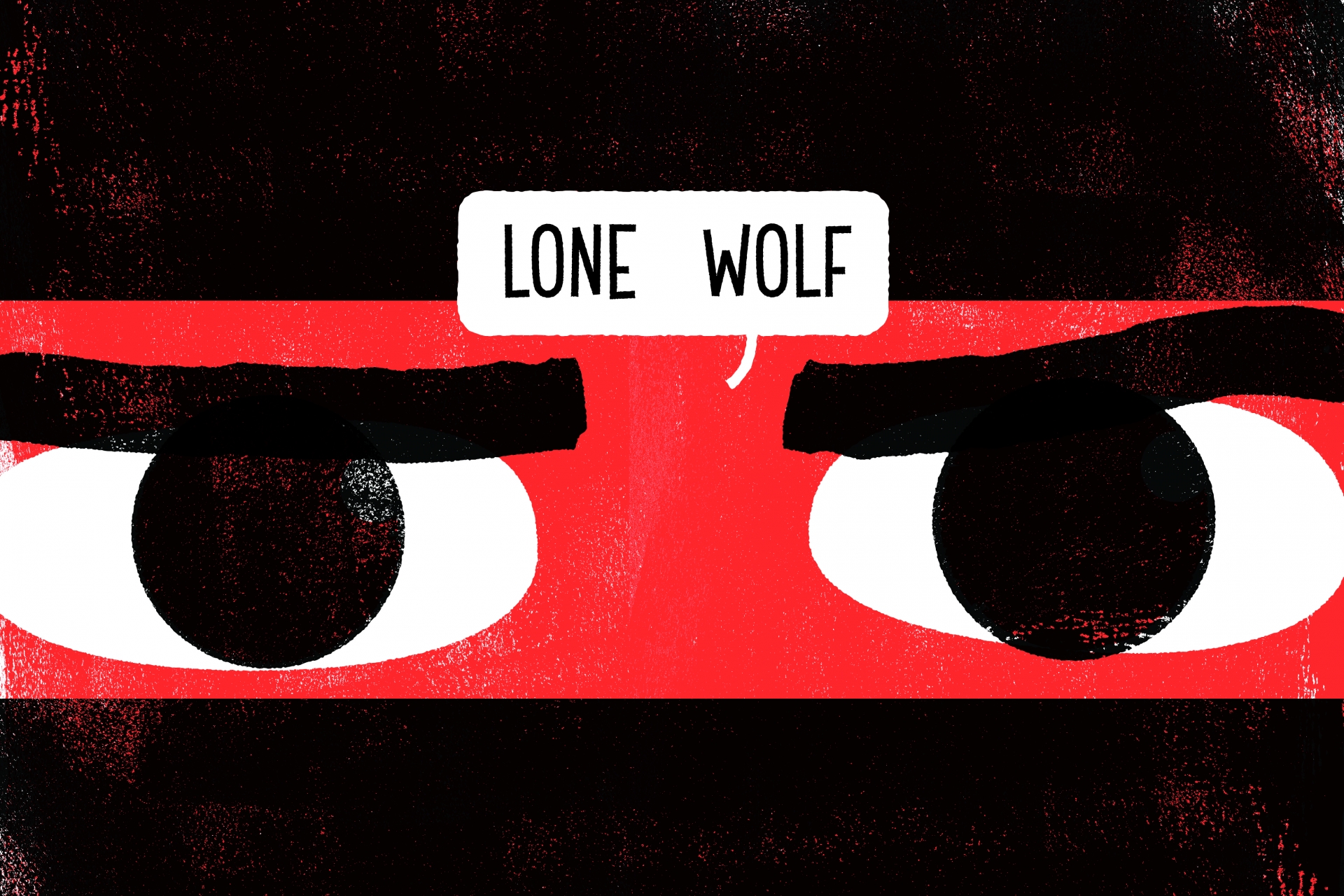
-142x200.jpg)

-200x200.jpg)
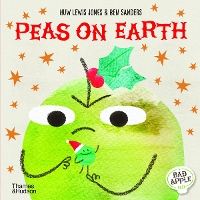
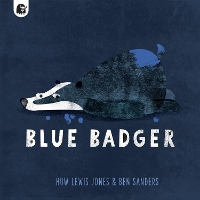
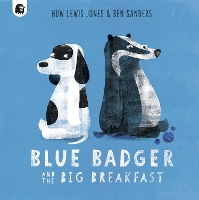
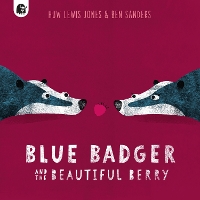
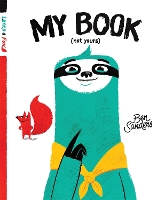
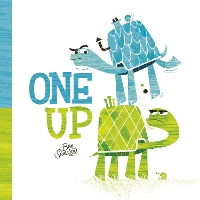
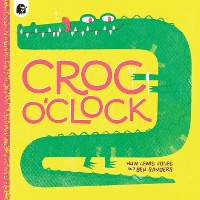
Comments (0)
Leave A Reply
You must be logged in to post a comment.